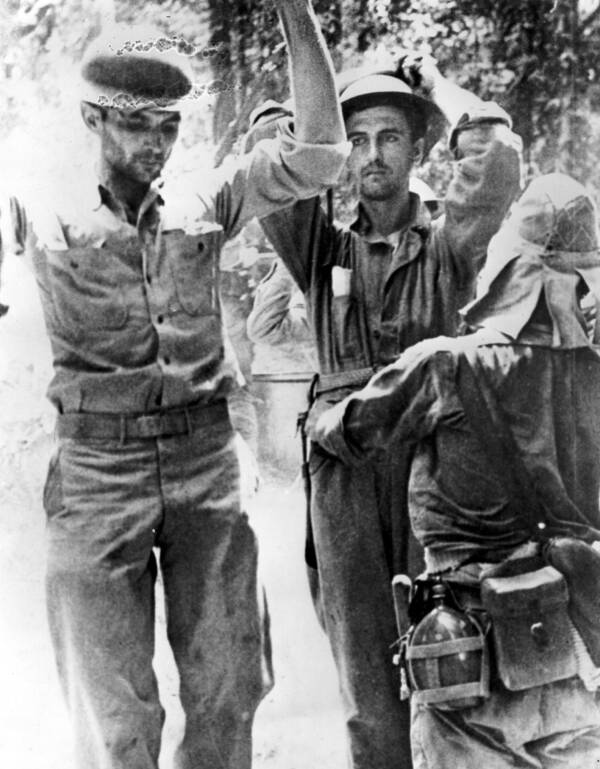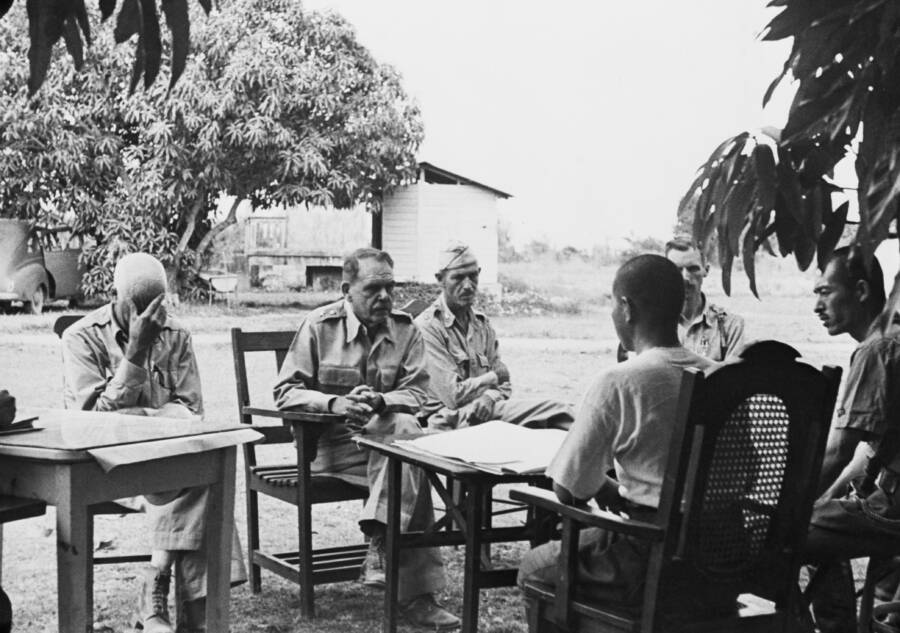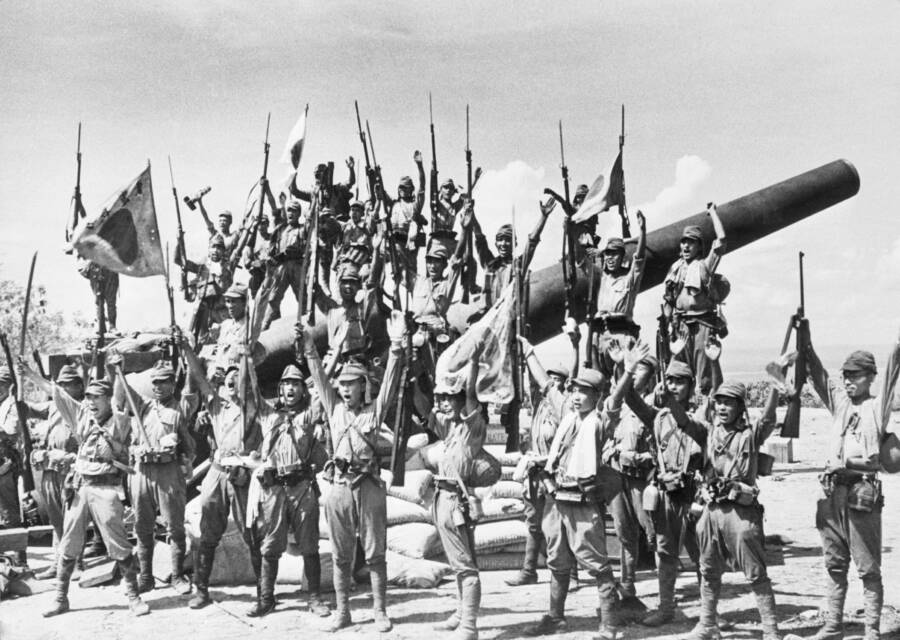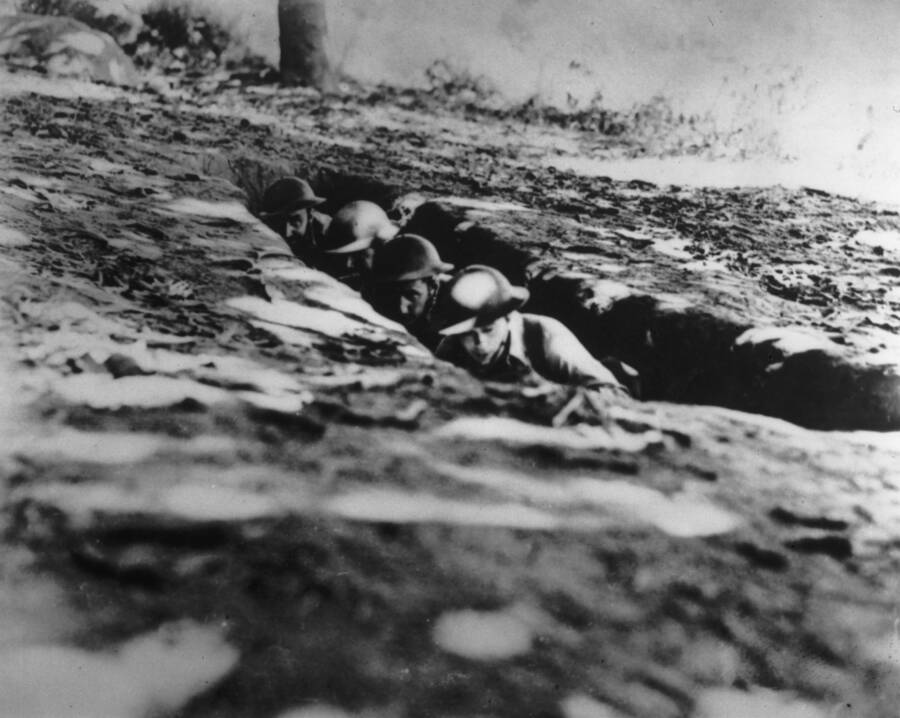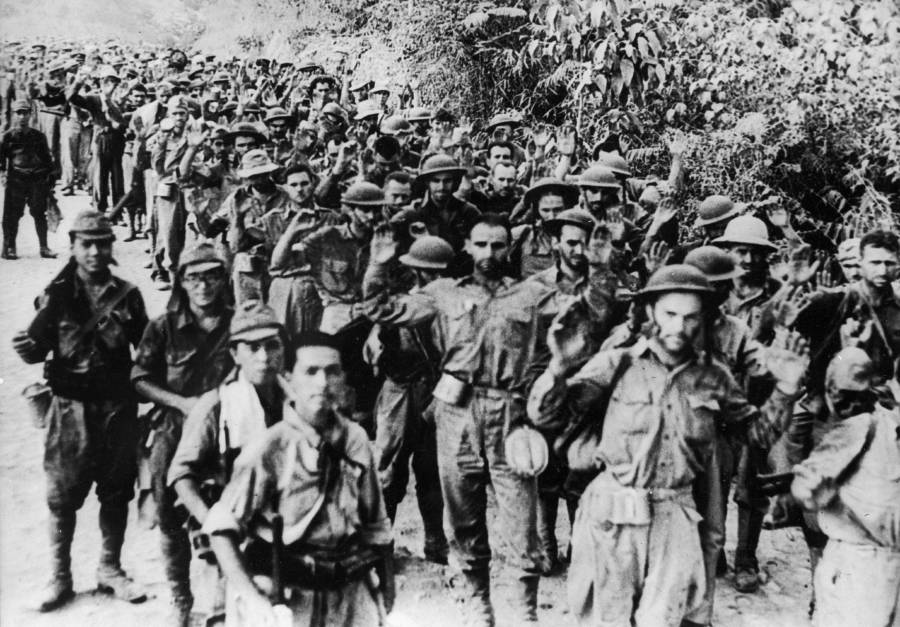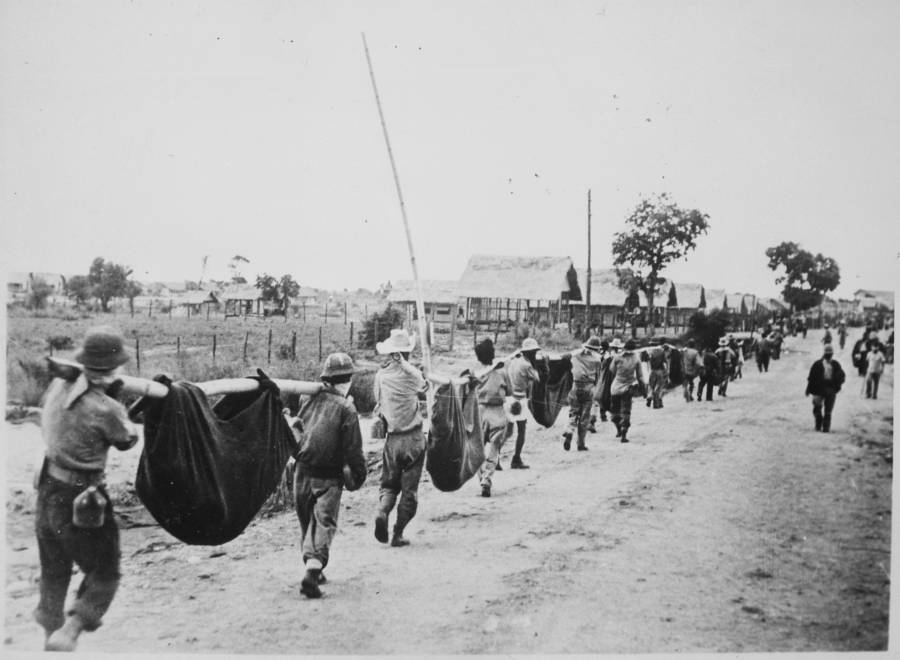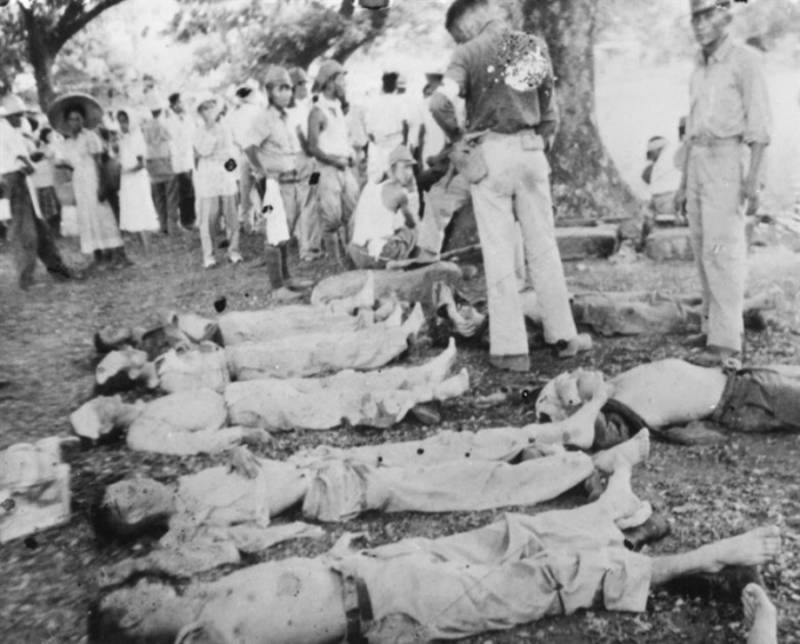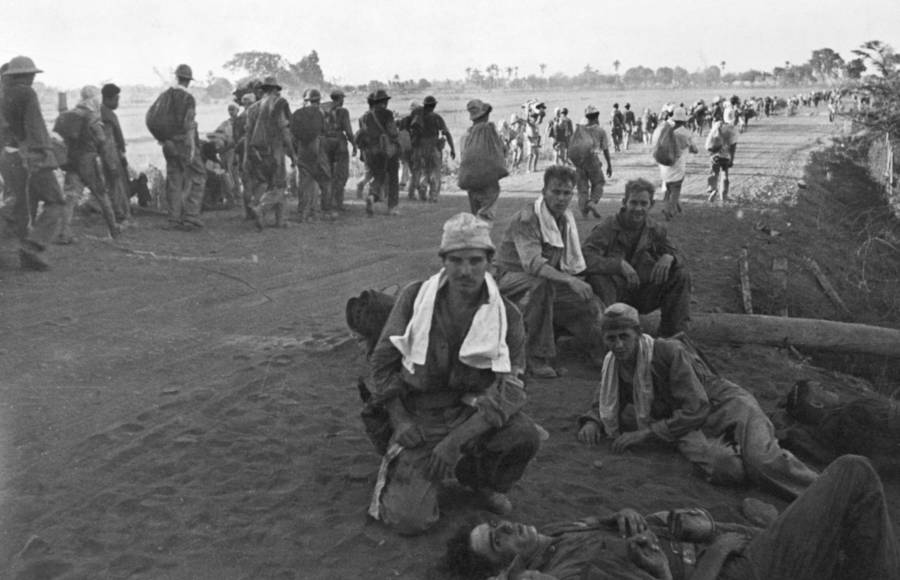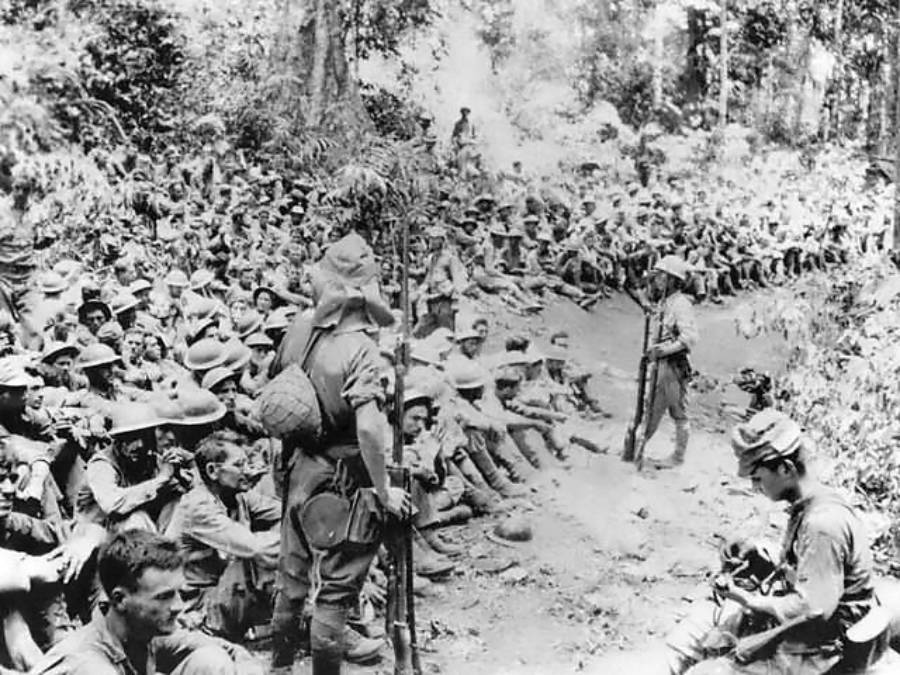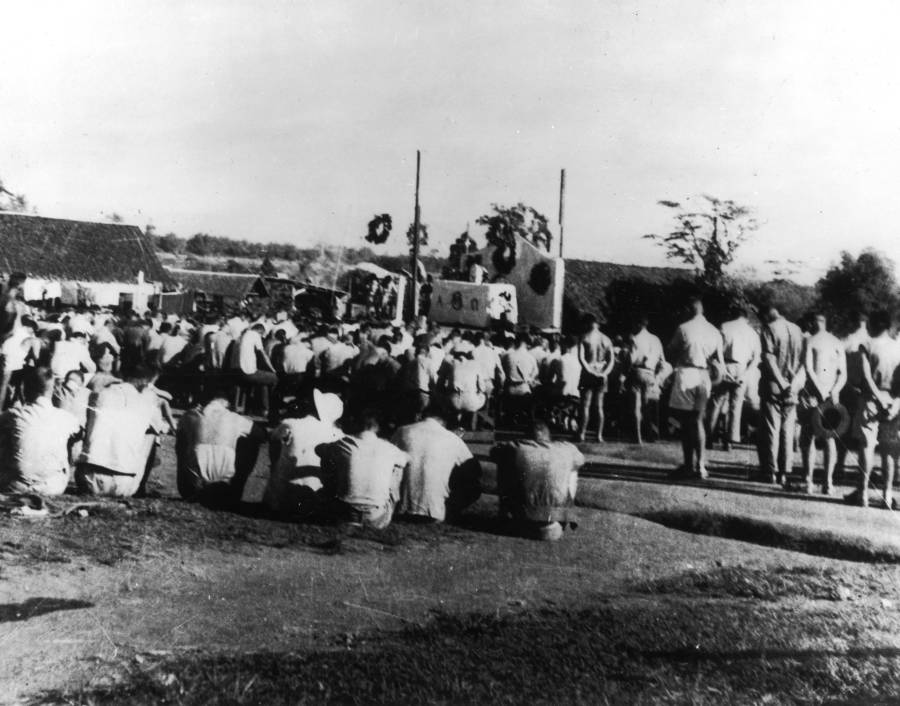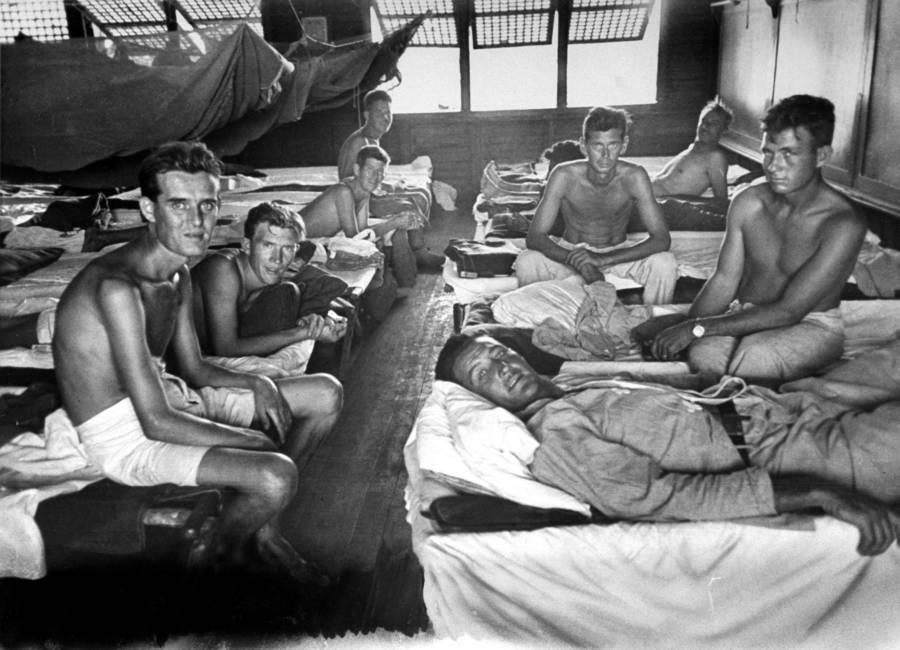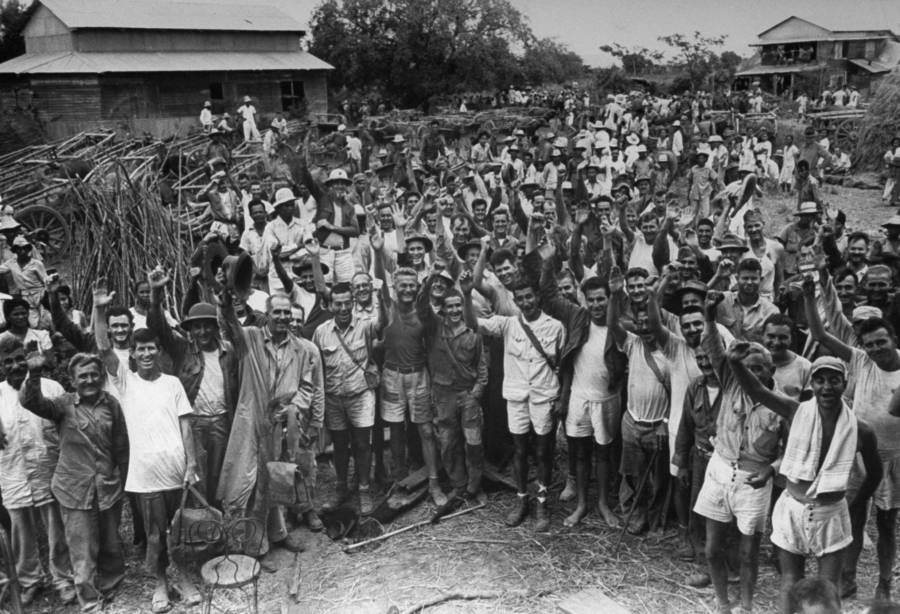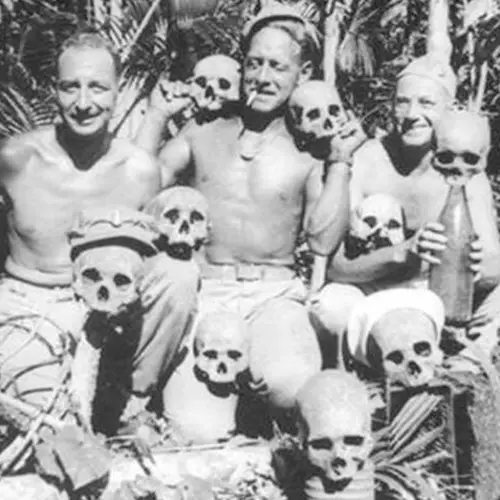After Japan defeated the U.S. in the Battle of Bataan in April 1942, the Japanese Army forced 75,000 Allied prisoners to march 65 miles through the Philippines.
In the Pacific Theater of World War II, the Philippines was a hotly contested area due to its close proximity to Japan and its status as a U.S. Commonwealth. In fact, throughout the war, many bloody battles were fought in the Southeast Asian country — including the Battle of Bataan.
After a grisly three-month campaign in early 1942 that left approximately 10,000 American and Filipino troops dead, the Imperial Japanese Army emerged victorious. About 75,000 to 80,000 Allied troops laid down their weapons, making it the largest surrender of U.S. soldiers in history.
Ultimately, the total number of prisoners of war was far higher than what Japanese Lieutenant General Masaharu Homma had been expecting. Since he lacked the vehicles to move the Filipino and American troops elsewhere, he made the prisoners march 65 miles in the sweltering tropical heat.
And on April 9, 1942, the Bataan Death March began.
Inside The Battle Of Bataan And The Largest American Surrender In History
The United States entered World War II following the Japanese attack on Pearl Harbor, but Hawaii was not Japan's only target. Just hours after the attack, the Japanese military set its sights on the Philippines.
According to Britannica, the Japanese military began its conquest in the Philippines by bombing numerous facilities including airfields and harbors.
Then, on December 22, 1941, approximately 43,000 soldiers of the Imperial Japanese 14th Army moved in on the Philippine island of Luzon. Facing this wave of troops was not going to be an easy feat, but U.S. General Douglas MacArthur assured Washington, D.C. that he could repel the invading force with 130,000 of his own soldiers, who were prepared to fight back.
Unfortunately, MacArthur didn't actually have 130,000 trained troops. In truth, he only had about 22,000 American soldiers and tens of thousands of poorly equipped Filipino troops. These men largely had no combat experience. Many of them happened to be in the wrong place at the wrong time.
Naturally, these forces were easily pushed back by the invading Japanese Army. The losses were so catastrophic that MacArthur was forced to withdraw his troops, establishing a small foothold in the Bataan Peninsula.
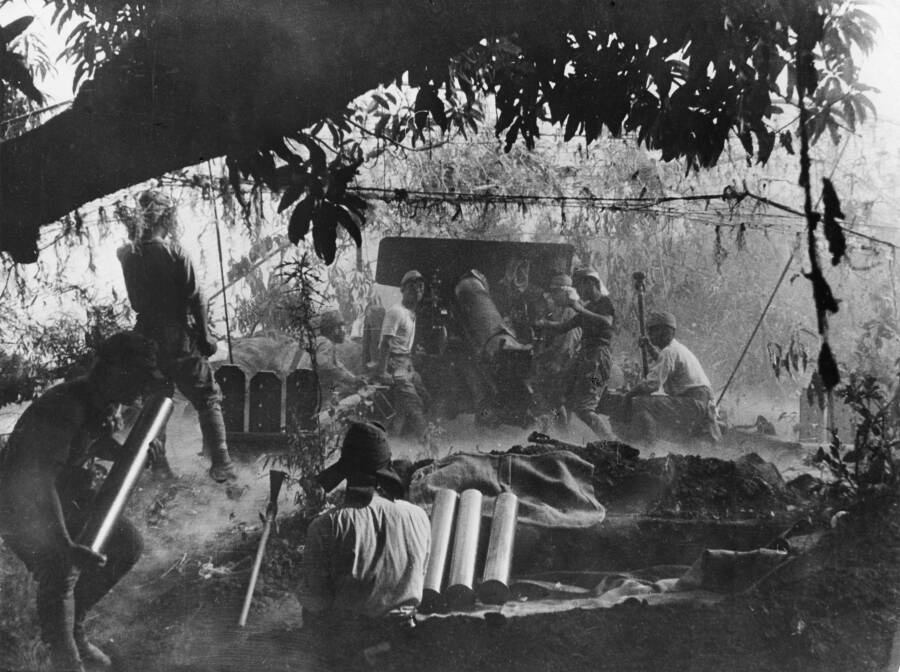
ullstein bild/ullstein bild via Getty ImagesTroops fighting during the Battle of Bataan in the Philippines, before the Bataan Death March.
The withdrawal, however, was also poorly planned. Troops left behind a large amount of ammunition, food, and other important supplies. So, by the time the Battle of Bataan officially began on January 6, 1942, MacArthur's forces were on half rations. They also had no support from the air or sea and many troops were sick with terrible diseases like malaria and dengue fever.
Still, they held out for a few months.
But seeing no chance of victory, the American and Filipino Allied forces were forced to surrender on April 9, 1942. In total, roughly 75,000 to 80,000 troops were given the order to surrender — and many of them were taken prisoner.
Realizing that they had taken far more prisoners than they originally expected, Japanese commanders ordered their troops to round up the prisoners near Bataan's east coast and march them north toward San Fernando. Then, they would be taken to a prisoner-of-war camp.
The prisoners came to refer to the long walk as the Bataan Death March.
The Brutality Of The Bataan Death March
With little food or water, the already weak prisoners soon grew weaker during the Bataan Death March. According to History, some were stabbed or beaten at random, while others were shot if they asked for water. Trucks would run over those who were unable to continue the march.
The Imperial Japanese soldiers clearly had little regard for their prisoners, viewing them more like spoils of war than human beings. They marched them through the Philippines like cattle, using them for forced labor and slaughtering any prisoners that they deemed too weak to be of use.
They beat prisoners to urge them along and bayoneted, shot, and even beheaded prisoners who could not keep up with the pace of the march. This was only worsened by the blistering tropical heat of the Philippines.
When the march would break for the evening, prisoners were offered the slimmest chance of respite and rest, but any men who could not get up the next morning were often beaten to death — or buried alive. Some surviving prisoners were given the role of "ditch diggers" and were forced to bury their fellow comrades in makeshift graves along the way.

© CORBIS/Corbis via Getty ImagesJapanese Lieutenant General Masaharu Homma, who was later executed for his role in the Bataan Death March.
After the long march, the prisoners arrived at the train station of San Fernando, where they were forced into tiny boxcars, where temperatures reached unbearable heights. Many prisoners died in these trains.
After disembarking from the trains, the surviving prisoners then briefly marched once again to Camp O'Donnell. At long last, this was the final destination of the Bataan Death March, but not the end of its terror.
Many of the Allied soldiers who'd survived the march and made it to the brutal prisoner-of-war camp soon died there thanks to disease, sweltering heat, and brutal executions. In the end, it's unclear exactly how many Filipino and American prisoners died during and after the march. Estimates have ranged from 17,000 total deaths to over 27,000. But what is clear is that many of these victims met unspeakably horrific ends.
Eventually, after Japan's surrender in 1945, Masaharu Homma was executed for war crimes related to the horrors of the Bataan Death March.
After this look at the Bataan Death March, read up on some of the war's worst war crimes committed by the U.S. and the worst Japanese war crimes as well. Then, see some of the most powerful World War II photos.
